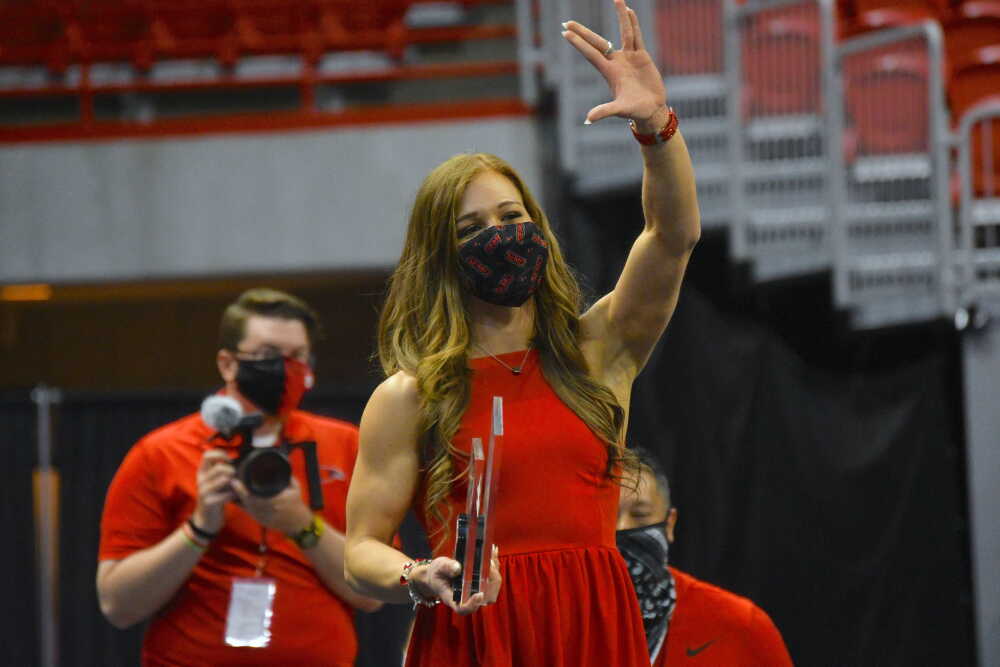Division 2 can also compete at regionals so it is equality for everyone. A few individual Division 3 gymnasts have made it to Regionals as individuals in the past.
Lindenwood made regionals as a full team in 2019 as the 3rd D2 program in history.
Bridgeport made it in 2013 IIRC and Seattle Pacific in 1987 (they also won D2 Nationals that year).
Both NCAA regionals and USAG are based on NQS. There are normally a lot more full teams at USAGs, 8 total with two sessions of 4, top 2 from each session to final four team finals. Many individuals attend as well.
I don’t know what the issue is with you wanting to separate them.
Often times D2 schools outrank D1 schools.
Lindenwood 44 and Texas Woman’s 48th out ranked Pitt, Bowling Green, San Jose State, Stanford, Air Force, Long Island, Michigan State, William and Mary. With Lindenwood outranking Northern Illinois, George Washington, and South East Missouri.
SEMO won this year but was not favored to do so, they did primarily because they had a consistent meet and also hit their best event (beam) cold in the final rotation. Lindenwood beam rotation was a disaster with half the team falling. They ended up having to count two falls into the team total.
Even with the two beams falls, Lindenwood was just .2 away from the win.
The past several years have been dominated by D2 schools, Lindenwood, Texas Womans, and Bridgeport who won 6 in a row IIRC. These three teams often defeated D1 schools on their way to the team title.
Many of the division 2 schools focus on certain sports and highlight them.
In Tumbling and Acro, Baylor is the powerhouse and is division 1. But the rest of the top 10 currently are Division 2 and Division 3 schools even outranking some division 1 schools.
